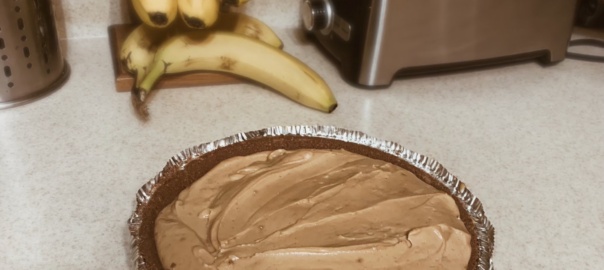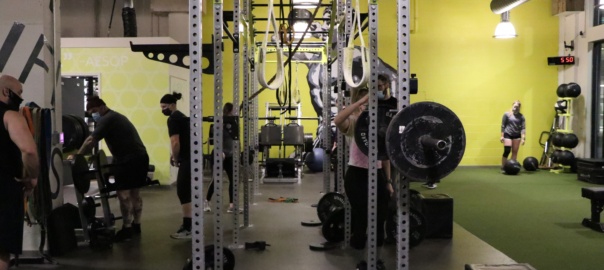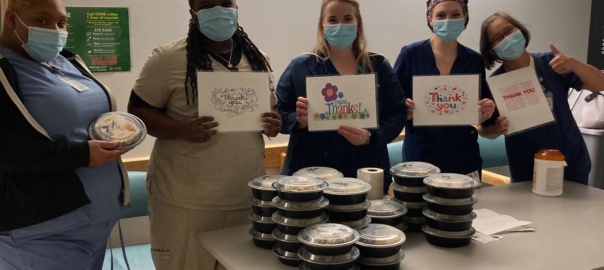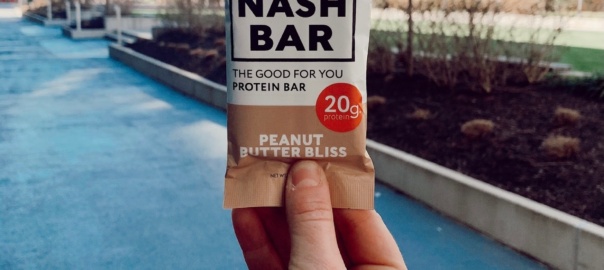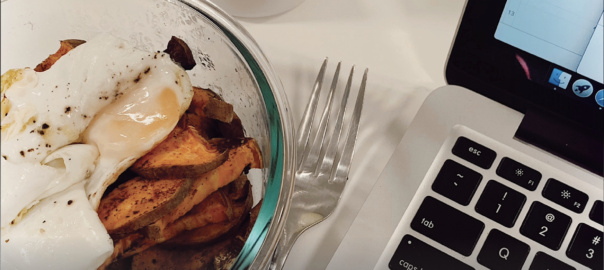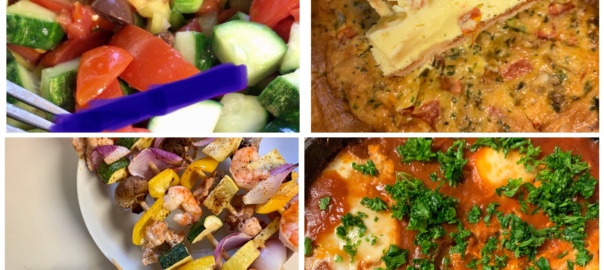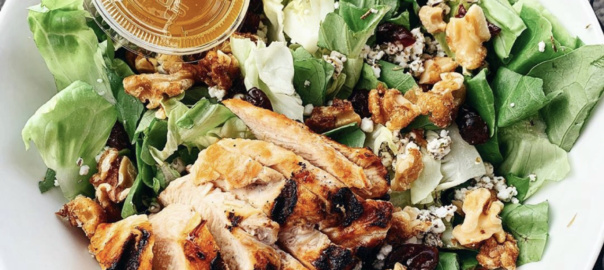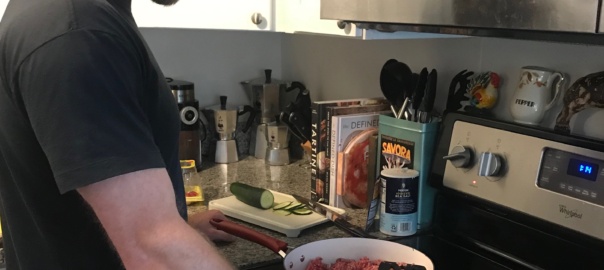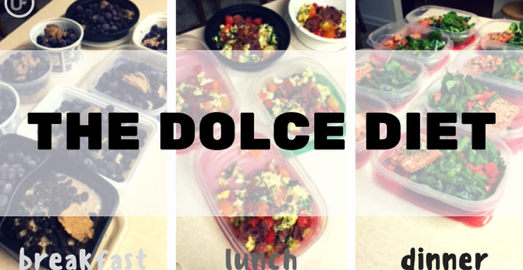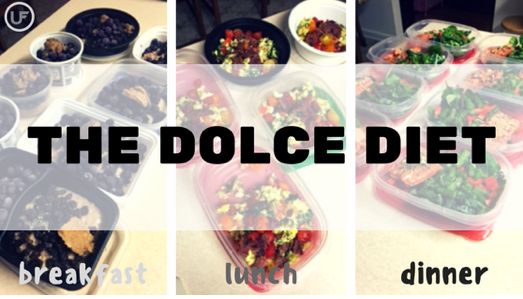Hello Union Chefs
Today it’s time to get on the line and run a dish on the fly (chef jargon).
Here is what is on the menu at Cafe de Union;
Fresh As Heck Cucumber & Tomato Salad
Quiche Me I’m Irish…Maybe
Pineapple Express & Spicy Shrimp Battle Spears
Shake Shake Shake Shakshuka
FAH Cuc & Tomato Salad Recipe
I’m a big farmers market fan and do my best to get the majority of my produce from these cool pop up markets. Thankfully Union’s own Big Cod “Farmer Fran” Miller brought in some of that fresh fresh produce.
Ingredients: Cucumber, Tomato, Hot Pepper, Green Pepper, Garlic, Olives, Onions, Olive Oil, Wine Vinegar, Salt , a weeee bit of Suggaa. Slice, dice, pour, mix, clap your hands and just like that you have yourself a Fresh As Heck Salad!
Quiche me I’m Irish…formerly known as Quiche By A Rose Recipe
I like pies and I like breakfast things, so we put it all together.
Ingredients: All the Veggies you like, Hot Peppers, Sweet Pepper, Onions, Garlic, Tomatoes, Parsley, Fan Favorite Cheese, Eggs, Heavy Whip It Good Cream, Salt, Pepper, Pie Crust.
Sauté up the veggies while the pie crust is baking in the oven and then toss those veggies into a bowl with the eggs, cream and whip it up real good. When you’re ready, pour the mixture into the pie crust and let that puppy bake for about 20-30 minutes. Slice it up and enjoy.
Spicy Shrimp Battle Spears Recipe
Sweet heat on a fresh Summa Day!
Ingredients: Shrimps, Pineapples, Zucchini, Squash, Onions, Sweet Peppers, Mushrooms, Jalapeno, Garlic, Olive Oil, Lime, Red Pepper Flakes, Salt and whatever else you want to toss on the stick. Toss it in foil or right on the grill and let the magic happen.
Shake Shake Shake Shakshuka Recipe
A meal all in 1 cast iron skillet.
Ingredients: Onions, Garlic, Peppers, Tomato Sauce, Tomatoes Diced, Eggs, Paprika, Chili Powder, Salt, Pepper, Cilantro & Parsley. Sautee all the veggies and sauce in the skillet. After about 10 minutes use a spoon to make a pot hole to crack 1 egg per hole in. Cover the skillet for a few minutes (depending on how “dippy” you like your eggs) Then garnish with the herbs, wipe the drool off your mouth and feast my friends.
As always, have fun cooking and devouring new meals! Stay spicy my young Chefs.
Cheers,
Chef CeJ
